
SRM University – AP strongly believes in the power of partnerships to foster innovation, knowledge exchange, and global impact. Through strategic collaborations with leading universities, research institutions, and industries worldwide, the university offers students and faculty the opportunity to engage in cutting-edge research and global initiatives.
| Brand | Research Topic | Collaborating Institute | Collaborators |
|---|---|---|---|
 |
Energy Parameter and Electronic Descriptor for Carbon Based Catalyst | Jawaharlal Nehru Centre for Advanced Scientific Research, India | Prof Ranjit Thapa with Prof.Umesh V. Waghmare |
 |
This work aims to develop Pb-free ceramic oxide materials by strain engineering at the morphotropic phase boundary. | Jawaharlal Nehru Centre for Advanced Scientific Research, Bangalore | Dr Pranab Mandal with Prof. A Sundaresan |
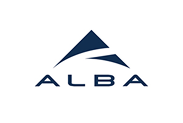 |
This work aims to develop Pb-free ceramic oxide materials by strain engineering at the morphotropic phase boundary. | ALBA, Barcelona, Spain. | Dr Pranab Mandal with Dr Alicia Manjon Sanz |
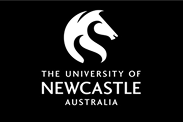 |
Carbon based Materials for Organic Transformation Reactions | The University of Newcastle, Australia | Dr S. Mannathan with Prof. Dr Ajayan Vinu |
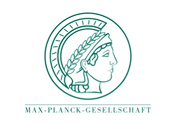 |
Nano-carbon Materials for Biological Applications | Max-Planck-Institute for Polymer Research, Mainz, Germany | Dr Sabyasachi Chakrabortty with Prof. Dr Tanja Weil |
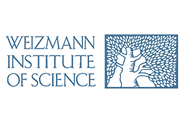 |
Study of Single Particle Fluorescence Properties | Weizmann Institute of Science | Dr Nimai Mishra with Prof. Dan Oron |
 |
Study of Blinking Properties of Colloidal Nanocrystals | The University of Hyderabad | Dr Nimai Mishra with Prof. Anunay Samanta |
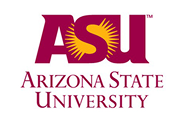 |
Study of Blinking Properties of Colloidal Nanocrystals | Navrotsky Eyring Center for Materials of the Universe School of Molecular Sciences, Arizona State University, USA | Dr Pardha Saradhi Maram with Prof. Dr Alexandra Navrotsky |
 |
Synthesis and understanding of physical properties of nanomaterials including optical and magnetism | United Arab Emirates University | Dr Pardha Saradhi Maram with Prof. Dr Ihab Obaidat |
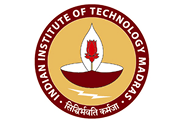 |
Rational design of materials application to high-temperature ceramics and Beyond Li-ion battery electrode materials | IIT Madras, Chennai | Dr Pardha Saradhi Maram with Prof. Dr U.V. Varadaraju |
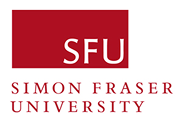 |
Transmission channeling of low energy ions and electrons in free-standing crystals. | Simon Fraser University, Canada | Dr Mallikarjuna Rao Motapothula with Prof. Karen Kavanagh |
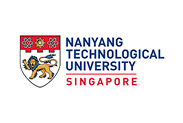 |
Low, medium and high energy ion implantation and ion beam analysis of catalysts. | Instituto Superior Técnico, Universidade de Lisboa, Portugal | Dr Mallikarjuna Rao Motapothula with Prof. Eduardo Alves |
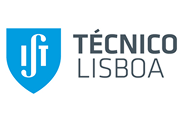 |
Fabrication of atomically sharp functional oxide superlattices. | Nanyang Technological University, Singapore | Dr Mallikarjuna Rao Motapothula with Asst. Prof. Wang Xiao Renshaw |
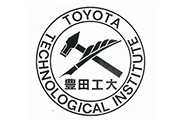 |
Characterization and fabrication of hybrid catalysts. | Cluster Research Laboratory, Toyota Technological Institute, Japan | Dr Mallikarjuna Rao Motapothula with Prof. Hisato Yasumatsu |
 |
Ion Beam Modification of Two-dimensional (2D) Layered Materials Heterostructures: Defect Engineering and Device Performances | IIT Bhubaneswar, India | Dr Jatis Kumar Dash with Prof. P. V. Satyam |
 |
Raman spectroscopy study and electrical measurements of 2D materials heterostructures flexible devices. | Seoul National University, South Korea | Dr Jatis Kumar Dash with Prof. Gwan-Hyoung Lee |
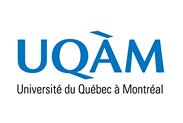 |
The effects of climate and environmental changes on aquatic ecosystems are gaining greater attention due to their impacts on the emission of methane (CH4), a highly potent greenhouse gas. However, the extent of global inland water contribution to the atmospheric CH4 budget remain elusive due to paucity of data to represent complex aquatic networks across different climatic zones. Therefore, our collaboration is aimed to understand the process regulating variable CH4 emissions across tropical, temperate, and boreal aquatic systems through scientific exchanges, share of expertise, and research equipment. | Université du Québec à Montréal, Canada | Dr Shoji D. Thottathil with Prof. Yves T. Prairie |